For larger views of any of the photos (1200 x 800) - please click on the individual images
INTRODUCTION
My introduction to DUNU Topsound (over a year ago) was with their triple hybrid DN-1000, which rapidly became a hit with Head-Fi buyers, and was one of the first triple hybrid IEMs to show that top quality could be achieved at an affordable price. I lost touch a little with DUNU when Rocky left the company – so it was with great anticipation and gratitude that I was offered the chance to review their new Titan 1 IEM/earbud. I just want to take this opportunity to thank DUNU (Vivian) for giving me the opportunity, and also to my friend Vic (djvkool) for facilitating the review samples and getting them to me.For those who aren’t aware, DUNU Topsound was established in 1994 originally as an OEM supplier to other companies. Since then they have developed their own branded line of high quality earphones, and gone from strength to strength with each release. They currently have their manufacturing plant in China and head office in Taiwan. They now have more than 100 employees, and market their product range all over the world.
The name DUNU is simply an acronym of the principle design points that the company strives to implement in their product range
- Delicate
- UNique
- Utmost
I thought I’d quote this from their website, as it really does give an insight into what drives the company:
DUNU’s full product catalogue can be found at http://www.dunu-topsound.com/product.html - and their products are supplied through their own storefront (globally) on Amazon.
The Titans arrived to me over two weeks ago, and I’ve been using them almost every day as one of my portable IEMs – so I’ve clocked up at least 30 hours with them so far.
Read on to find out my personal thoughts on the DUNU Titan and who they might be ideal for.
DISCLAIMER
I was provided the DUNU Titan 1 as a review unit from DUNU Topsound. I am in no way affiliated with DUNU - and this review is my honest opinion of the Titan 1.
PREAMBLE - 'ABOUT ME'. (or a base-line for interpreting my thoughts and bias)
I'm a 47 year old music lover. I don't say audiophile – I just love my music. Over the last couple of years, I have slowly changed from cheaper listening set-ups to my current set-up. I vary my listening from portable (Fiio X5, X1 and iPhone 5S) to my desk-top's set-up (PC > coax > NFB-12 > LD MKIV > HP). I also use a portable set-up at work – either X5/X1 > HP, or PC > Beyer A200p > HP. My main full sized headphones at the time of writing are the Beyer T1 and Sennheiser HD600. Most of my portable listening is done with IEMs - and up till now it has mainly been with the Fidue A83 or A81, Dunu DN-1000 and Altone200. A full list of the gear I have owned (past and present is listed in my Head-Fi profile).
I have very eclectic music tastes listening to a variety from classical/opera and jazz, to grunge and general rock. I listen to a lot of blues, jazz, folk music, classic rock, indie and alternative rock. I am particularly fond of female vocals. I generally tend toward cans that are relatively neutral/balanced, but I do have a fondness for clarity, and suspect I might have slight ‘treble-head’ preferences. I am not treble sensitive (at all), and in the past have really enjoyed headphones like the K701, SR325i, and of course the T1 and DT880.
I have extensively tested myself (abx) and I find aac256 or higher completely transparent. I do use exclusively redbook 16/44.1 if space is not an issue. All of my music is legally purchased (mostly CD – the rest FLAC purchased on-line).
I tend to be sceptical about audiophile ‘claims’, don’t generally believe in burn-in, have never heard a difference with different cables, and would rather test myself blind on perceived differences. I am not a ‘golden eared listener’. I suffer from mild tinnitus, and at 47, my hearing is less than perfect.
For the purposes of this review - I used the DUNU Titan straight from the headphone-out socket of my iPhone 5S, X5, X1 and also from the Beyer A200p when at work. I did not generally further amp them (I did test them with my X1 and E11K), as IMO they do not benefit greatly from additional amplification (YMMV and it may depend on your source). In the time I have spent with the Titan 1, I have noticed no change to the overall sonic presentation (break-in), and for these particular earphones I did not require much brain burn-in at all as I very much liked their sound signature from the very first listen.
This is a purely subjective review - my gear, my ears, and my experience. Please take it all with a grain of salt - especially if it does not match your own experience.
THE REVIEW
PACKAGING AND ACCESSORIESThe DUNU Titan 1s arrived in an approximately 170mm x 130mm x 50mm retail box. The box “screams” high-quality product to me with s simple picture of the Titans on the front and accessory, contact, and specification information on the back and sides.
 | [size=12.8000001907349px] [/size] [/size] | [size=inherit] [/size] [/size] |
DUNU Titan retail box - front cover | DUNU Titan retail box - rear | DUNU Titan retail box - profile |
The box opens “book style” to show the IEMs, and on the inside cover gives some great information about the titanium transducer being used, and how DUNU have crafter it to contribute to the sound signature they were looking for.
Opening a second inner cover exposes the carry case, some of the tips, and also the Titans themselves. The actual retail box is extremely well made, and very solid.
 | [size=12.8000001907349px] [/size] [/size] | [size=inherit] [/size] [/size] |
Front cover opened | Inner cover opened | Titans, some tips and carry case |
The carry case is one of the best cases I’ve seen so far for an IEM, and IMO an improvement on their metal boxes (used in the DN-1000 / DN-2000). It is a sturdy moulded plastic rectangular hinged lid box (with nicely rounded pocket-safe corners) measuring approximately 90mm long, 65mm wide and 23mm deep. It has a catch/lock to keep it closed, and has a matt exterior on the rear and sides, and shinier plastic top (personally I’d prefer matt all around – better for both scratches and finger prints). The only thing missing with the case is no internal pockets for spare tips etc – but I’m OK with that considering how pocket friendly and sturdy it is. I love this case.
 | [size=12.8000001907349px] [/size] [/size] | [size=inherit] [/size] [/size] |
All of the accessories | New DUNU carry case | Interior of carry case |
The accessory pack includes 3 different varieties of silicone tips (all in S,M,L) – including some that look very close to the Sony hybrid type design, some more standard red and grey tips (again with very sturdy mounting stems) and some flatter silicones with a wider bore. It’s great to see this option as it gives plenty of opportunity for the tips to meet your own personal sonic preferences.
 | [size=12.8000001907349px] [/size] [/size] | [size=inherit] [/size] [/size] |
Comparison old DUNU case | Tips, adaptor and shirt clip | Tips in profile |
Also included is a warranty card, 3.5-6.3mm adaptor, and shirt clip for the cable.
All in all – a very good and well thought out accessory range.
TECHNICAL SPECIFICATIONS
(From DUNU’s packaging / website)
| Type | Single dynamic driver inner ear monitor |
| Driver | 13mm dynamic titanium “nano class” driver |
| Frequency Range | 10 Hz – 30 Khz |
| Impedance | 16 ohm |
| Sensitivity | 90 dB (+/-2 dB) |
| Plug | 3.5mm gold plated |
| Cables | 1.2m, fixed |
| Weight | 18g |
| IEM Shell | Polished metal |
FREQUENCY GRAPH
At the time of writing, I haven’t been able to locate a frequency graph, but for the record I’m hearing a reasonably well balanced and very clear signature. I think there is a slight mid-bass hump, slight recession in the lower mids, peaks at around 3kHz and a smaller one at around 6-7 kHz. This gives it an overall balanced but still slightly V shaped signature. There does seem to be reasonably good extension into the sub-bass, and plenty of sparkle in the upper registers.
Edit 22 May - Graph added from Innerfidelity (thanks Tyll) - as suspected, elevated mid-bass - good balance, and a slight V with an initial peak around 3kHz

BUILD & DESIGN
The Titan 1 appears to be extremely well made with a polished metal outer shell – very reminiscent of an earbud type shape – but with an angled nozzle designed to take an IEM tip and provide some measure of isolation. The circular part of the body is 15-16mm in diameter, and designed to snugly in your ear with, the rear of the Titan shell against your antihelix, and the front underneath your tragus, with the nozzle angled forward into the ear canal. It is designed to be worn cable down, and a ‘shallowish’ tip seal into the canal.
 | [size=12.8000001907349px] [/size] [/size] | [size=inherit] [/size] [/size] |
DUNU Titan rear of IEM | DUNU Titan side view | DUNU Titan front - nozzle and vents |
On the underside of the body is 11 vent holes plus there is also one more smaller one on the exterior adjacent to the cable. The right ear piece is designated with a red ring around the circumference of the main body. The left earpiece has a blue ring.
The nozzles are approximately 50mm long, have a generous lip, and have a pinhole mesh type of opening with 7 holes to allow the sound into your ear.
The cable is a mesh cover from plug to Y split, then a smooth rubber from Y-split to each ear piece. The Y-split is metal with the top piece sliding off to form a cinch. The plug is a right angled gold plated 3.5mm plug, and is designed to be very friendly for portable devices. No issues with my 5S with fitted case. The cable shows good flexibility, with no real signs of kinking, and has excellent strain relief at all the required major points (plug, Y-split and IEM body).
There is a moderately high amount of microphonic noise present with the upper portion of the cable – but this can be alleviated by using the shirt clip, or tucking under clothes. In the next section I’ll also show you how I wear mine.
One of the most simple but innovative designs with DUNU’s cables is the inclusion of the rubber cable tie actually on the table. When not in use it sits unobtrusively close to the plug (I never notice it). When you’ve finished listening to the Titans, simply carefully coil the cable and use the tie. Simple, elegant, brilliant. I loved this with the DN-1000, and it works equally well with the Titan.
 | [size=12.8000001907349px] [/size] [/size] | [size=inherit] [/size] [/size] |
Fabric covered cable below Y-split | Innovative cable tie | Nicely coiled cable |
So apart from the design to be worn cable down, I can’t really fault the design or build quality. A lot of thought has gone into the Titan – and this shines through for me.
FIT / COMFORT / ISOLATION
I have one ear canal slightly different to the other one (my right is very slightly smaller) - so I tend to find that usually single silicon flanges don't fit overly well. This is often even more of an issue with shallow fitting IEMs. I initially tried the included medium and large silicone tips (wide and small bore), and whilst they fit OK, they simply weren’t to my particular preference. I did try the Sony isolation tips I have and they also worked OK. But my preferred tips with the Titans are definitely my trust Comply foams (T400s). I used both large Ts and also medium T – and in the end the slightly longer thinner medium T400s provided both a good seal and superior comfort.
Some may have an issue with foams attenuating the highs a little (silicone for me is definitely brighter) – but the Comply’s added length also provided me with an opportunity to wear the Titan’s over ear. This does put the body of the IEM hard against my tragus (as opposed to underneath it), and does make the fit slightly shallower still – but I still find it very comfortable, and it all but eliminates cable noise for me.
Even over ear, they fit very flush, and are quite comfortable to lie down with – I have no problems sleeping with them intact.
 | [size=12.8000001907349px] [/size] [/size] |
Worn as intended - cable down | My preference - cable over ear (it can be done) |
Isolation is below average, but this is due to the extensive venting, which is what contributes to the Titan’s open and wide sound profile. You won’t be using these on an aircraft or in a car (at least I wouldn’t be anyway) – but they are ideal for walking where you still need to be aware of your surroundings. Also, because they are not full sealed/closed, they are ideal for exercise as I don’t get much in the way of bone conduction sound.
The one thing I wish these did have was an i-capable cable option – as they would be brilliant for phone calls I think (allow me to finally retire my earpods).
So how does the DUNU Titan sound? Are the sonics as good as everything else up to this point?
SOUND QUALITY
The following is what I hear from the DUNU Titan. YMMV – and probably will – as my tastes are likely different to yours (read the preamble I gave earlier for a baseline). Most of the testing at this point (unless otherwise stated) was done with my Fiio X5 as source, no EQ, and Sony Isolation silicone tips with the cable worn down. For the record – on most tracks, the volume level on the X5 was around 35-36/120 which was giving me around an average SPL around 70-75 dB and peaks at around 85dB. I am hitting up to 50 though on tracks with better mastering.
Tracks used were across a variety of genres – and can be viewed in this list http://www.head-fi.org/a/brookos-test-tracks.
Thoughts on General Signature
If I was to describe the signature in a few words/phrases – I’d choose the words “balanced” (but with slight bass emphasis), “spacious”, and “smooth but clear”.
I won’t beat round the bush, I loved the Titan’s sound signature from very first listen. It really does tick most of my boxes.
I’m finding the DUNU Titan to have a nice coherence between bass, midrange and treble – with just a slight V shape (mainly mid-bass emphasis) plus a bit of a peak at around 3-4kHz for vocal clarity. There is another small peak (I think) at around 6-7kHz which is giving snares a nice flat crack and cymbals enough body to contrast the other frequency ranges. So far I haven’t encountered any real sibilance – the upper mids and lower treble are emphasised enough to give some great detail, but not overdone or splashy (with my chosen music anyway).
Overall Detail / Clarity
For this I always use both Steely Dan’s “Gaucho” and Dire Strait’s “Sultans of Swing” as there is a lot of micro detail in both tracks, and the recording quality for both is excellent.
With Gaucho, the sax intro is natural sounding and very smooth, but definitely in the forefront. Bass guitar is ever present in the background, but it’s not overpowering anything. Cymbals and snares are coming through very clearly, and the overall impression is one of cohesion.
Switching to Sultans of Swing, and wow – this is dynamic and really enjoyable. Detail is fantastic. The constant background sound is again the bass guitar. Snares are crisp and fast – and Knopfler’s guitar is forefront and crisp – with enough edge to keep things lively. Cymbals again are present but not overstated. For my particular preferences, these opening tracks in my critical listening are very enjoyable.
Sound-stage & Imaging
For this I use Amber Rubarth’s binaural recording “Tundra”. I use this because it’s a pretty simple way to get comparative data on sound-stage.
It’s usually difficult to get a reasonable stage size from an inner ear monitor. The stage is often quite small / close – with an average impression of space. The DUNU Titan (because of its design) has a spacious and expansive stage for an in-ear monitor. It is also no slouch with imaging, providing good directional cues. In this track, the only detraction was a slight bloom on the bass (drums).
I also used Loreena McKennitt’s “Dante’s Prayer” and the Titan gave quite a smooth and captivating rendition of this track. Once again the tonality of this IEM is pretty near perfect for me, and the thing that is taking a little to get used to is the distance sometimes with vocals and instruments (I’m actually turning the volume up a bit from time to time). Directional cues are again very good (the cello is where it usually is to the right, and piano slightly off center). Loreena’s vocals are sweet and nicely centered.
In this track, the applause at the end is so well presented that with some headphones (HD600) I can actually close my eyes and imagine myself in the crowd. With the Titan, I’m definitely there in the audience – it really is a strong point of the Titans.
Bass Quality and Quantity
I’ve been spoilt recently with impactful and good quality bass from my triple hybrid IEMs which I’ve been spending time with lately – so I was looking forward to seeing what the Titan could achieve with this new driver. The Titan definitely has a little more bass than some of my more neutral earphones, and it does reach quite low (even with my hearing, I could easily hear 25Hz). Most of the time the bass is reasonably agile and well defined, but I have noticed the occasional track exhibiting tiny bit of mid-bass bloom.
Amongst my test tracks, one of the tracks to emphasise this was Muddy Waters by Mark Lanegan. This blues rock track is quite dark and brooding anyway – and the while Titan handled the bass exceptionally well, the kick drum just shows a slight bit more decay than my A83. It doesn’t detract from the track though – and I really like how the gravel in Mark’s voice comes through.
I wanted to see how low the bass would go in real music – so switched to Lorde’s “Royals” – and the Titan delivered – made it effortless really. Again there is some bloom from the bass guitar and kick drum – but I really think that some of this is in the recording itself. The good thing is that it doesn’t intrude into the rest of the spectrum. The amazing thing is despite the rendition of bass, the vocals are still crystal clear.
Female Vocals – A Special Note
I have added this section simply because around 60-65% of my music revolves around female vocals – be it jazz, pop, rock, electronic, or even opera. I’m an unabashed fan. For me personally, the sign of a successful IEM is how successfully it conveys emotion and timbre with my female vocalists. Other IEMs I’ve owned in the past had sometimes struggled with some of the artists I like – and this includes IEM’s like Shure’s SE535 LE (upper-mids on the SE535 LE were too forward/fatiguing with some tracks).
By now I was expecting good things from the Titans – especially with its upper mid-range bump. One of my early litmus tests is usually queuing Agnes Obel – as some of her recordings can become quite strident or shouty if the mids aren’t quite right. With the Titans, her vocals aren’t as euphonic as the Fidue A83 or Altone200 – but the magic is definitely there, and the cello also shows great timbre and tone.
I then proceeded to play a medley of my other tracks from artists including Christina Perri , Gabriella Cilmi, Florence and the Machine, and Norah Jones. The Titan definitely portrays my female artists incredibly well – dynamic bass, sweet vocals, powerful when it needs to be. At times I could have just queued up more albums and strayed from my carefully laid out testing tracks. Stand-outs for me were Perri’s “Human”, Sara Jarosz “Mile on the Moon”, and anything from Norah Jones – simply captivating.
Male Vocals
At the other end of the scale sits a lot of my rock tracks.
The continued theme here was good bass impact, clear vocals, and nicely balanced guitars and other instruments. Unlike my Altones which had a quite recessed lower mid-range, the Titan’s still portray male vocals really well – and they don’t sound thin or lacking life. 3 Doors Down, Green Day, Breaking Benjamin, Seether – they all sound excellent and once again the vocal quality is superb. The more I listen to these, the more I’m sure I need to compare (A/B) these with my DN-1000s. The overall coherency feels similar. Another good sign with the Titans was when I queued up Diary of Jane (Breaking Benjamin). This track has a lot of guitar distortion, and can overwhelm some drivers. The Titan has no problems with it, and still manages to be clear and detailed.
Time for my litmus test – Pearl Jam. And …. ding, ding, ding – winner. Great contrast, great tonality, and Vedder’s vocal presentation is spot on. Deep enough to have timbre, but not dark, nor lacking body and depth.
Genre Specific Notes
Again for tracks, albums, artists – please refer to this list: http://www.head-fi.org/a/brookos-test-tracks
Rock – Covered this one above. Very good. No problems with anything I’ve thrown at them so far.
Alt Rock – First up (in my usual test rotation) is Pink Floyd’s “Money”, and the Titan delivers wonderful clarity and contrast. I do have to turn the volume back up for this track – but the presentation is brilliant. Again the overall balance is what really makes the track. Next is Porcupine Tree’s “Trains”, and again this is simply magic with the Titans. The bump in the upper mid-range really suits Wilson’s voice, and when the bass hits – brilliant! The dynamic contrast is stunning. No complaints at all.
Jazz / Blues / Bluegrass – Portico Quartet’s “Ruins” is always a first stop for me when testing a new IEM with Jazz, and the Titan continues to take everything in its stride. The added sense of space really helps here as well, and I have to move on before I end up listening to the whole album. Again, key attributes are clarity, contrast, and a sense of dynamism. Switching to some local Jazz/Funk (Sola Rosa) and boy does the Titan deliver on timbre and detail. The brass in this track is wonderful, and I’m sitting here tapping my feet with a smile on my face.
Time now for some blues, with Bonamassa’s vocals and guitar being a favourite of mine. The DUNU Titan is really good with guitar, and this live performance is really compelling listening. With Joe’s vocals I can hear the emotion and again I’m floored by how good these sound. I also briefly spent time with Union Station’s “Dust Bowl Children”, and the banjo was more than aptly presented. Crystal clear, and clean.
Rap / EDM / Pop / Indie – Eminem’s “Lose Yourself” was very good – crystal clear, and the bass was pretty good for my tastes. Plenty of thump. I really enjoyed this one, and I’m not the biggest rap/hip-hop fan (it’s the only album I have in this genre). Next up some straight Pop – and Adele’s vocals with piano accompaniment is once again stunning. As is Coldplay, and pretty much everything else I’ve tried today. I also tried Amanda Marshall’s “Let it Rain”, and this was a genuine “wow” moment. This track normally has a holographic feel to it (must be the way it was recorded). The Titan is jaw dropping with the added sense of space. Quite possibly the best I’ve heard this track short of using full sized headphones.
For Indie, I listened to band of Horses and Wildlight – and the Titans are an Indie lover’s dream – or more correctly this indie lover’s dream. One more – vocal clarity, contrast and cohesion – magic.
Time for some Electronic / EDM – and Lindsay Stirling’s “Electric Daisy Violin” is another bit of magic. The bass is thumping, the violin is clear and this track is so vibrant with the Titans. Little Dragon’s “Little Man” is equally as impressive, and any EDM or electronic music seems to work really well with the Titans. Lighter electronic like The Flashbulb is brilliant.
Classical / Opera – I’ll keep this short as it is more of the same. Wonderful sense of space, dynamics, timbre and tone. Standouts for me were Netrebko and Garanca with the Flower Duet. Vivaldi’s Four Seasons was a pretty special encounter as well.
AMPLIFICATION REQUIREMENTS
The Titan is an interesting IEM. Despite its low 16ohm, it doesn’t have high sensitivity – so I am pushing the volume up a little further than I normally would with most other IEMs. But in a quick A/B between an amped and unamped X1 I haven’t really noticed a huge difference in dynamics. My iPhone 5S needs closer to 40-45% volume where with other IEM’s I’m often around 25% comparatively. But on all my devices the Titan is relatively easily powered straight out of the headphone out. If you have a really weak source you might have issues – I don’t.
RESPONSE TO EQ?
To be honest I didn’t try it. I didn’t want to detract from the default sound.
QUICK COMPARISON OTHER IEMS
I’ll make this quick as the review has already become overly long. On the current Titan thread there have been questions regarding a few different IEMs (some of which I have), so here are my very quick (very subjective) thoughts:
- Titan vs DN-1000
Similar balance. Titan sounds fuller and more cohesive. DN1000 is thinner, more bass. I like the Titan more.
- Titan vs A71
A71 is darker, warmer, boomier. Titan is clearer, more balanced, more cohesive. I’m not a big fan of the A71 – so take that into account.
- Titan vs Brainwavz S5
S5 is darker but also a little hollow sounding – but still quite clear. The Titan is slightly fuller sounding but at the same time lighter tonally – more balanced.
- Titan vs Altone 200
Interesting. Altone is clearer, and bass goes lower. Depending on track the Altone can sound a little thinner – but this is the first one where I don’t clearly prefer the Titan. Biggest difference is in lower-mids and of course the sound stage. Upper mids (vocals) actually sound quite close.
- Titan vs Fidue A83
I thought these might be very similar but vocals are quite different. A83 are a little darker and fuller + sub bass goes much lower. Titans sound lighter and slightly leaner. Both very clear. I like balance and presentation on both – and my ears are probably too much accustomed to the Titan now to be making a definitive call.
DUNU TITAN 1 - SUMMARY
Before I first received these, I had a couple of PMs from Vic and Luke (H20fidelity) – both of them suggesting that the Titan might be a good signature for me. They both know my tastes well.The DUNU Titan is an incredibly well designed, well built, and beautiful sounding “semi-open” IEM. It is relatively well balanced in frequency range, and has very good clarity for its price range. Its venting allows for a very open and spacious presentation of sound stage.
The Titan will likely suit:
- Fans of a balanced or slightly V shaped sonic presentation
- People who value clarity
- People who do not need high levels of isolation
The Titan May not suit anyone who:
- Requires high isolation
- Prefers a darker, warmer, smoother presentation
- Does not like wearing IEMs cable down (unless you can adapt like I did)
At a current probable retail price of USD 125-150, the Titan represents an incredible bargain in my opinion, and despite having the A83, I will continue to use these regularly.
A common summary question I ask myself is would I buy these, and would I recommend them to friends or family. The answer is a resounding yes.
At this price point, along with my A83, the DUNU Titan would be the best IEM I have heard (for my tastes) in the last 12 months.
Once again I’d like to thank Vivian at DUNU and Vic for giving me this wonderful opportunity.
RECOMMENDATIONS TO DUNU
It really is hard to recommend any changes – these are simply “that good”. If there is anything I would like though, it would be the ability to wear them “properly” with the cable over ear. I realise this is unlikely, so at some stage I will probably simply reterminate them and swap the ear pieces.












































































































































































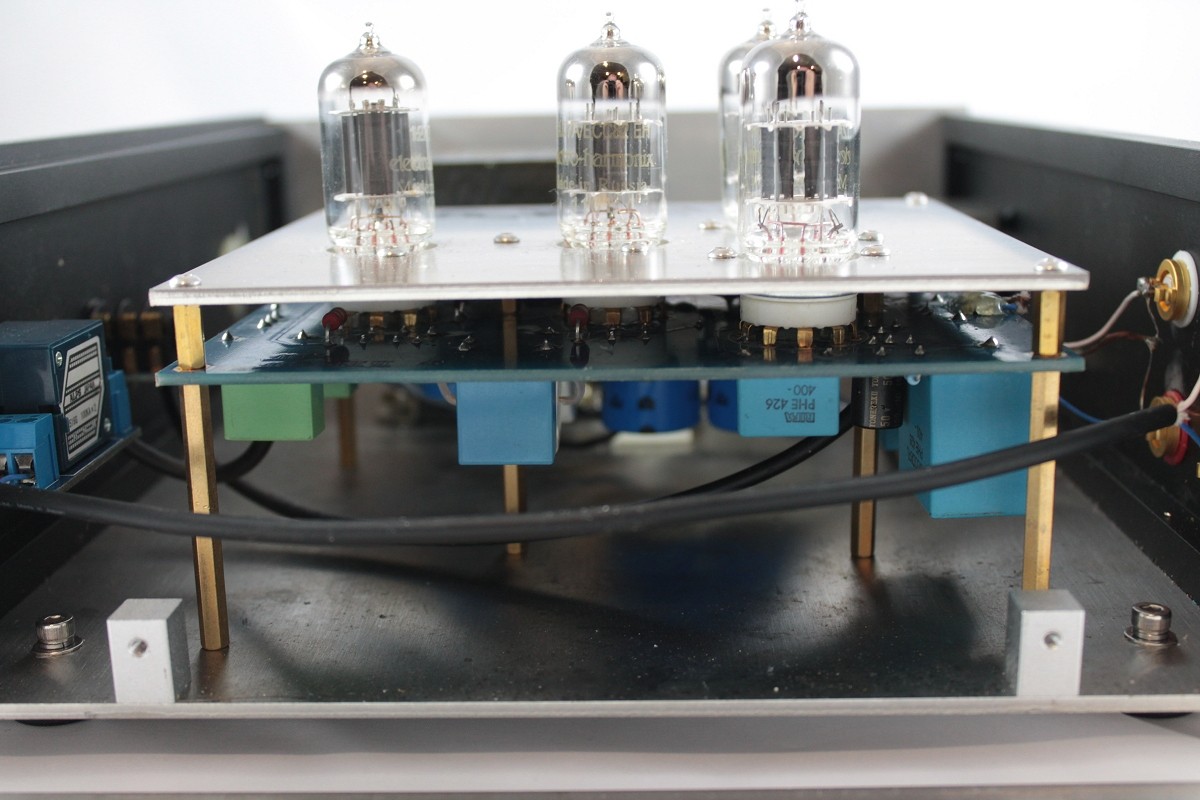


























































































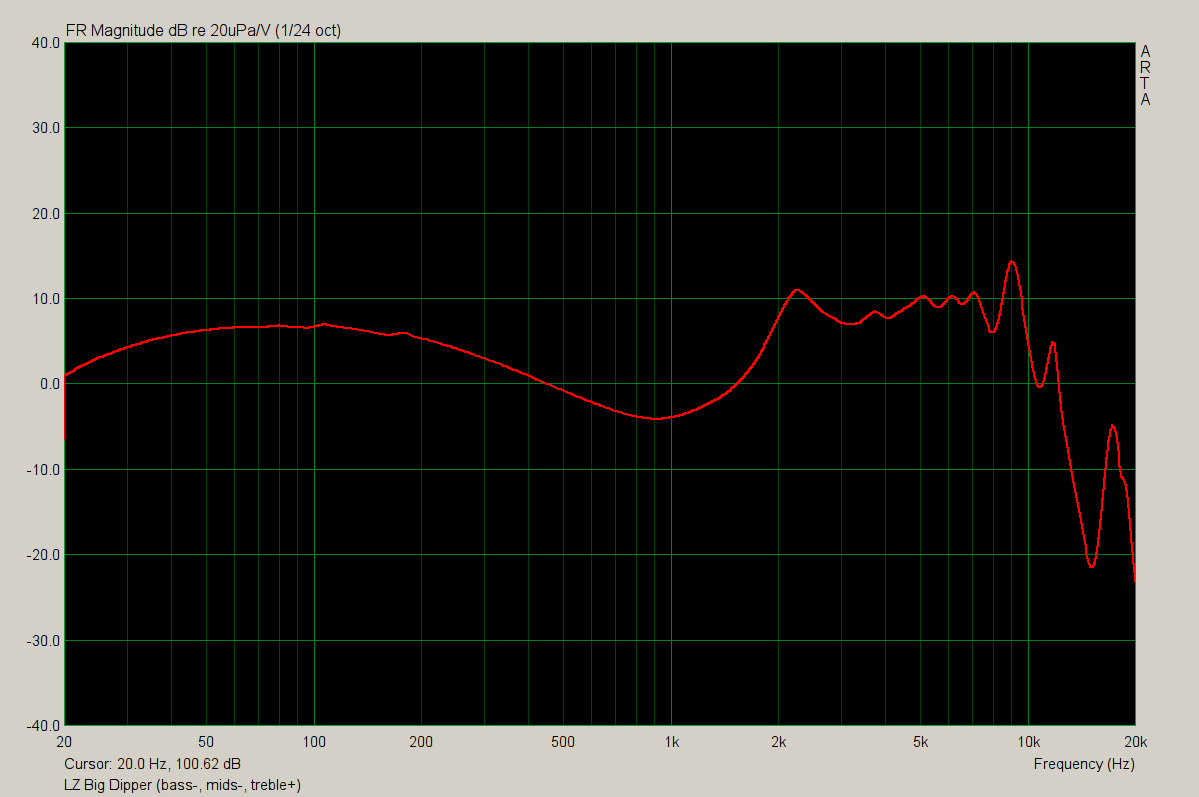
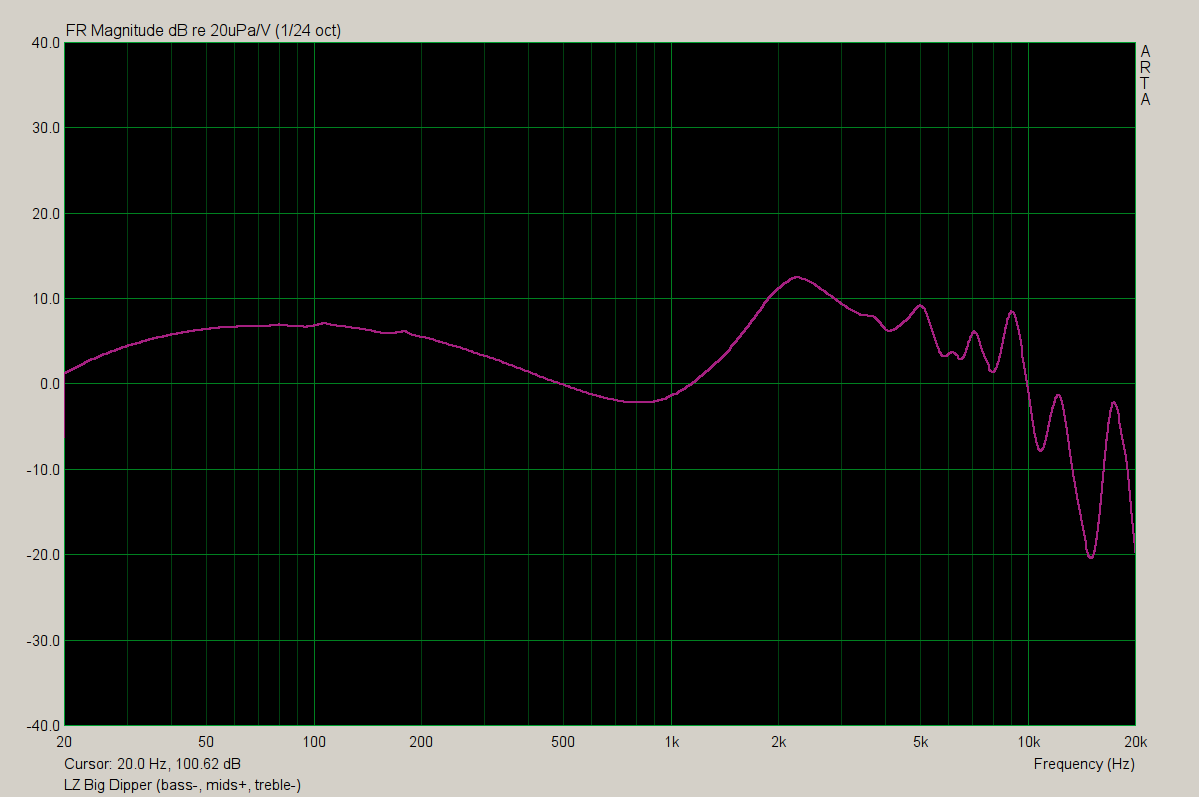






























































































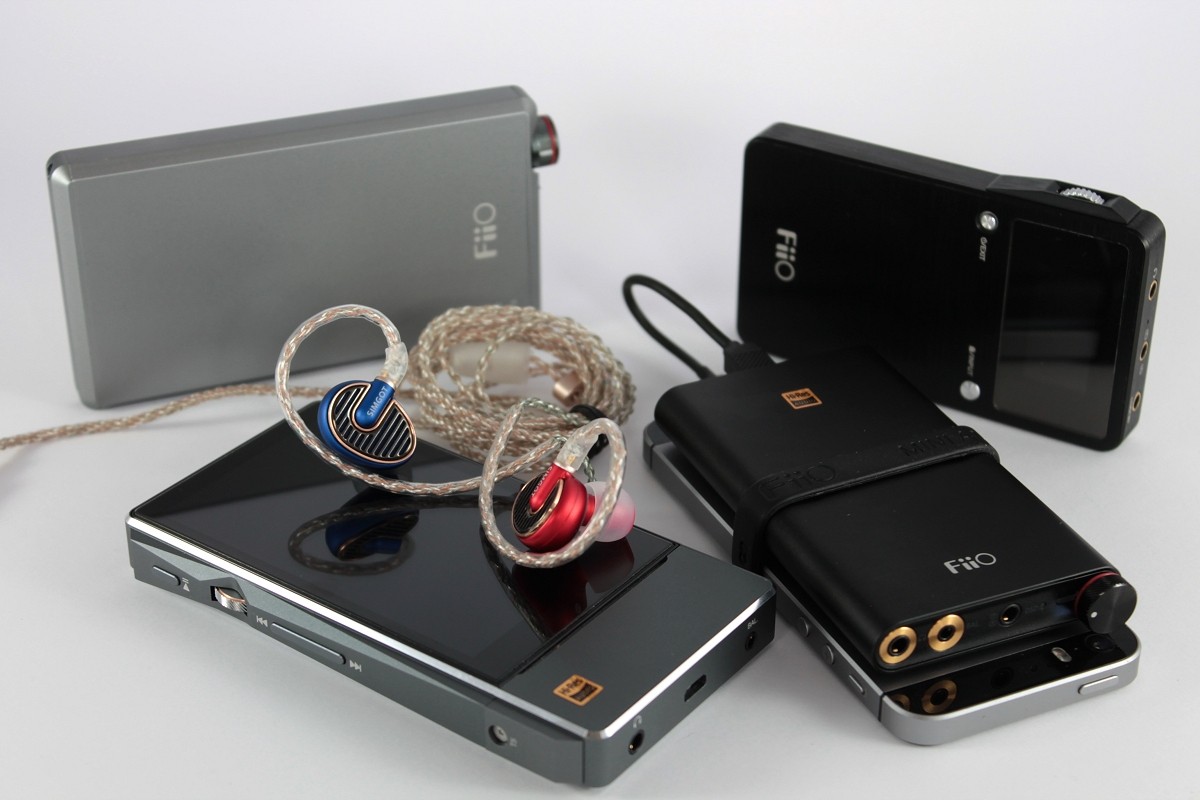













































































































































































































































































































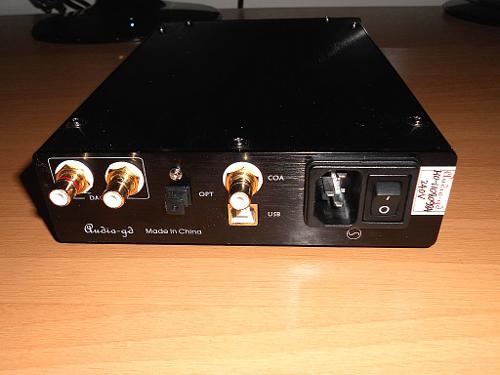




i do not use my other headphones after buying ex1.